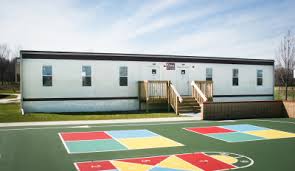
With the increasing demand for flexible and affordable educational spaces, modular classrooms have become an attractive option for schools and educational institutions. Modular classrooms are prefabricated structures that can be quickly assembled on-site, offering a versatile and cost-effective solution to accommodate growing student populations. However, choosing the right modular classroom involves careful planning and consideration.
Understanding Modular Classrooms
Modular classrooms are buildings constructed off-site in a factory setting and then transported to their final location for assembly. These structures can be used as temporary or permanent classrooms, providing a quick and efficient way to expand educational facilities. They offer numerous benefits, including flexibility, reduced construction time, and lower costs compared to traditional construction methods.
Benefits of Modular Classrooms
- Cost-Effectiveness: Modular classrooms are typically more affordable than traditional construction, making them a budget-friendly option for schools.
- Speed of Construction: Since modular classrooms are prefabricated, they can be assembled quickly, reducing the time needed to complete the project.
- Flexibility: Modular classrooms can be easily expanded, reconfigured, or relocated, offering flexibility to adapt to changing needs.
- Quality Control: Prefabrication in a controlled environment ensures consistent quality and reduces the risk of construction delays due to weather or other factors.
- Sustainability: Modular construction generates less waste and often uses environmentally friendly materials, contributing to a greener building process.
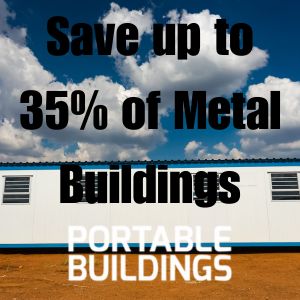
Steps to Choosing the Right Modular Classroom
Selecting the right modular classroom involves several key steps. By following these steps, you can ensure that you make an informed decision that meets your educational needs and budget.
1. Assess Your Needs
The first step in choosing a modular classroom is to assess your specific needs. Consider factors such as the number of students, the intended use of the space, and any special requirements.
Considerations
- Student Capacity: Determine the number of students the modular classroom needs to accommodate.
- Intended Use: Identify the primary use of the classroom, such as general instruction, specialized subjects, or administrative purposes.
- Special Requirements: Consider any special requirements, such as accessibility features, technology integration, or specific classroom layouts.
2. Set a Budget
Establishing a clear budget is crucial for selecting a cost-effective modular classroom. Consider all potential costs, including the purchase price, transportation, installation, and any additional features or customizations.
Factors to Include
- Purchase Price: The initial cost of the modular classroom unit.
- Transportation: Costs associated with transporting the modular units to your site.
- Installation: Expenses related to assembling and installing the modular classroom on-site.
- Customizations: Additional costs for custom features, such as specialized flooring, HVAC systems, or technology integration.
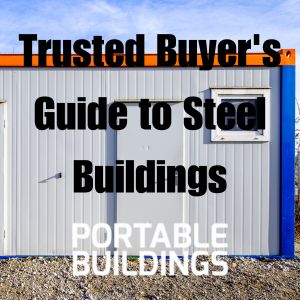
3. Research Modular Classroom Providers
Research different modular classroom providers to find a reputable company that offers high-quality products and services. Look for providers with experience in educational projects and positive customer reviews.
Tips for Research
- Experience and Expertise: Choose providers with a proven track record in delivering modular classrooms for educational institutions.
- Customer Reviews: Read reviews and testimonials from other schools or organizations that have used the provider’s services.
- Portfolio: Review the provider’s portfolio to see examples of their previous work and assess the quality of their modular classrooms.
4. Evaluate Design and Layout Options
Modular classrooms come in various designs and layouts, so it’s essential to evaluate the options available to find the best fit for your needs. Consider factors such as classroom size, layout, and any additional features.
Key Considerations
- Classroom Size: Ensure the size of the modular classroom is appropriate for the number of students and the intended use.
- Layout: Evaluate the layout options to find one that maximizes space and meets your educational needs.
- Additional Features: Consider any additional features that may be necessary, such as restrooms, storage areas, or technology integration.
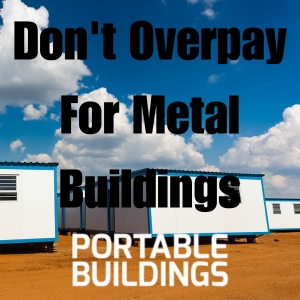
5. Consider Long-Term Needs
When choosing a modular classroom, it’s important to consider your long-term needs and how the structure can adapt to future changes. Modular classrooms offer flexibility, but planning for future growth and changes can save costs in the long run.
Planning for the Future
- Scalability: Choose modular classrooms that can be easily expanded or reconfigured to accommodate future growth.
- Durability: Ensure the materials and construction methods used are durable and can withstand long-term use.
- Relocability: Consider the ease of relocating the modular classroom if needed.
6. Review Compliance and Safety Standards
Ensure that the modular classroom meets all relevant compliance and safety standards. This includes building codes, accessibility requirements, and safety regulations.
Compliance and Safety Checks
- Building Codes: Verify that the modular classroom complies with local building codes and regulations.
- Accessibility: Ensure the classroom is accessible for all students, including those with disabilities.
- Safety Standards: Check that the modular classroom meets safety standards, including fire safety, structural integrity, and emergency exits.
7. Compare Pricing and Financing Options
Compare pricing and financing options from different providers to find the most cost-effective solution. Consider leasing options if purchasing outright is not feasible.
Pricing Comparison
- Cost Breakdown: Request detailed cost breakdowns from multiple providers to compare prices and identify any hidden costs.
- Financing Options: Explore financing options, such as leasing or installment plans, to manage the upfront costs.
- Value for Money: Consider the overall value for money, taking into account the quality, features, and long-term benefits of the modular classroom.
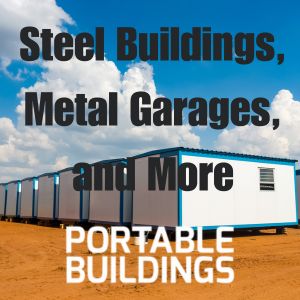
8. Visit Completed Projects
If possible, visit completed modular classroom projects to see the quality and functionality of the structures firsthand. This can provide valuable insights and help you make a more informed decision.
Site Visits
- Quality Assessment: Assess the quality of the materials and construction methods used.
- Functionality: Evaluate the functionality of the classroom layout and any additional features.
- Feedback: Speak with the users of the modular classrooms to gather feedback on their experience and satisfaction.
9. Plan for Site Preparation and Installation
Proper site preparation and installation are crucial for the successful deployment of a modular classroom. Work with the provider to ensure that the site is ready and that the installation process is smooth and efficient.
Site Preparation
- Site Assessment: Conduct a thorough site assessment to identify any potential issues or challenges.
- Permits and Approvals: Obtain any necessary permits and approvals for the installation of the modular classroom.
- Utility Connections: Ensure that all necessary utility connections, such as electricity, water, and sewage, are in place.
10. Monitor and Maintain
Once the modular classroom is installed, regular monitoring and maintenance are essential to ensure its longevity and functionality. Develop a maintenance plan to address any issues promptly and keep the classroom in optimal condition.
Maintenance Plan
- Regular Inspections: Conduct regular inspections to identify and address any maintenance issues.
- Repairs and Upgrades: Perform necessary repairs and upgrades to maintain the quality and functionality of the classroom.
- Record Keeping: Maintain detailed records of all maintenance activities and any issues that arise.

Cost-Effective Tips for Choosing a Modular Classroom
To maximize cost savings while ensuring quality and functionality, consider the following cost-effective tips:
Standardize Where Possible
Standardizing the design and features of your modular classrooms can lead to cost savings. Custom features can add significant costs, so opting for standard options can help stay within budget.
Opt for Multi-Purpose Designs
Choose modular classrooms with multi-purpose designs that can be used for various functions. This flexibility allows you to maximize the use of the space and adapt to changing needs without the need for additional structures.
Consider Used or Refurbished Units
Used or refurbished modular classrooms can be a cost-effective alternative to new units. These options can provide significant savings while still offering quality and functionality.

Negotiate with Providers
Don’t be afraid to negotiate with modular classroom providers to secure the best possible price. Providers may be willing to offer discounts or additional services to win your business.
Plan for Energy Efficiency
Energy-efficient modular classrooms can lead to long-term cost savings on utilities. Consider features such as energy-efficient HVAC systems, insulation, and lighting to reduce operational costs.
Choosing the right modular classroom in a cost-effective way involves careful planning, research, and consideration of various factors. By assessing your needs, setting a clear budget, researching providers, evaluating design options, considering long-term needs, ensuring compliance and safety, comparing pricing, visiting completed projects, planning for site preparation, and maintaining the structure, you can make an informed decision that meets your educational needs and budget.


